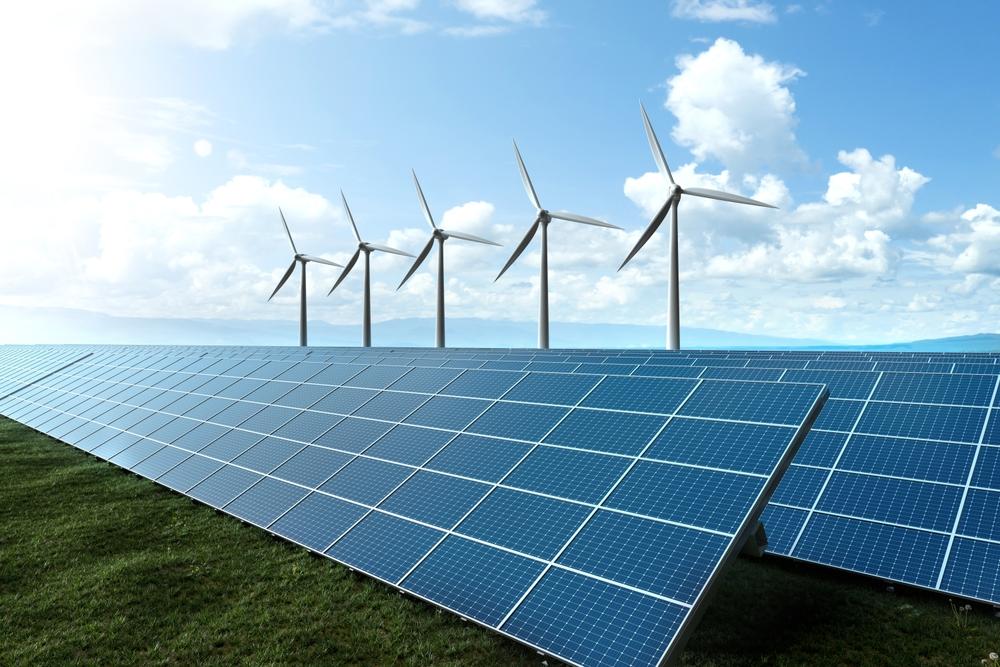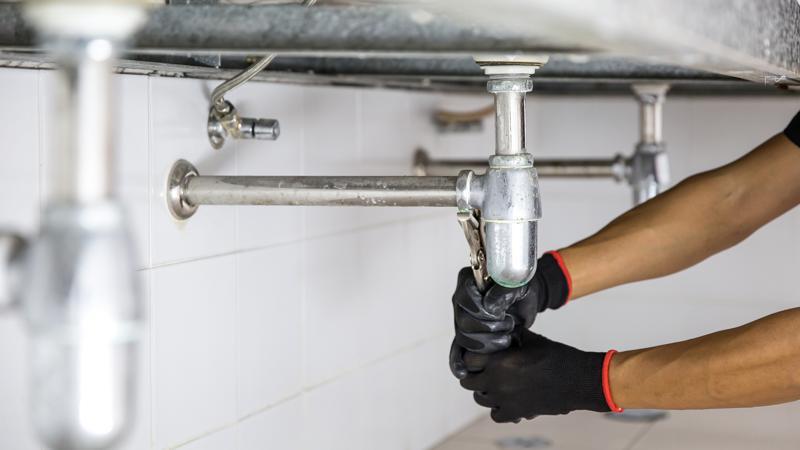Green Energy Solutions in the USA: Affordable Options for a Sustainable Future
Explore affordable green energy solutions in the US. For more information, use a quick search below.
As the world grapples with the effects of climate change, the shift toward green energy solutions has never been more critical. In the United States, a variety of affordable green energy options are available, enabling homeowners and businesses to reduce their carbon footprints while also saving on energy costs. This article explores some of the most accessible green energy solutions currently offered in the U.S. market, emphasizing affordability and practicality.
Understanding Green Energy
Green energy refers to energy generated from renewable resources that have a minimal impact on the environment. This includes sources such as solar, wind, hydroelectric, geothermal, and biomass. Unlike fossil fuels, green energy is sustainable and helps reduce greenhouse gas emissions, making it essential for a healthier planet.
Affordable Green Energy Solutions

- Solar Energy
Solar energy has emerged as one of the most popular green energy solutions in the U.S. With the costs of solar panels declining over the years, homeowners can now install solar systems at affordable prices. The average cost for residential solar panel installation ranges from $15,000 to $25,000 before incentives. However, federal and state tax credits, rebates, and financing options can significantly lower this price. For example, the federal solar tax credit allows homeowners to deduct 30% of the installation costs from their federal taxes, making solar energy more accessible than ever. - Wind Energy
Small wind turbines are becoming an attractive option for homeowners looking to harness wind energy. These systems can be installed on residential properties, with costs typically ranging from $10,000 to $50,000 depending on the turbine size and installation requirements. In some cases, state incentives and tax credits can further reduce these costs. For those in rural areas or regions with consistent wind patterns, wind energy can provide substantial savings on electricity bills. - Geothermal Energy
Geothermal energy systems use the earth's stable underground temperature to heat and cool homes. While the initial installation costs for geothermal heat pumps can be higher—ranging from $10,000 to $30,000—energy savings can be significant over time. Homeowners often see a reduction of 30% to 60% in their heating and cooling costs, making geothermal systems a long-term investment worth considering. Additionally, various state and federal incentives can help offset installation costs. - Energy Efficiency Upgrades
Investing in energy-efficient appliances, insulation, and windows can significantly reduce energy consumption and costs. Energy-efficient upgrades often have low upfront costs and can lead to substantial long-term savings. For example, Energy Star-rated appliances may have a slightly higher initial price but can save homeowners hundreds of dollars in energy bills over their lifetime. Many utility companies also offer rebates for energy-efficient upgrades, making them even more affordable. - Community Solar Programs
For those unable to install solar panels on their properties—such as renters or those with unsuitable roofs—community solar programs offer a viable alternative. These programs allow individuals to purchase or lease a share of a larger solar installation, typically located offsite. This way, participants can benefit from solar energy without the high upfront costs associated with installing panels on their own homes. Pricing varies by program, but participants often see a reduction in their monthly energy bills.
As the U.S. moves toward a more sustainable future, affordable green energy solutions are becoming increasingly accessible. From solar and wind energy to geothermal and energy efficiency upgrades, there are numerous options for homeowners and businesses to reduce their carbon footprints while enjoying long-term savings. By investing in these green energy solutions, individuals can play a crucial role in combating climate change and promoting a cleaner, more sustainable environment.










